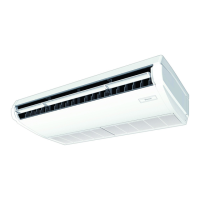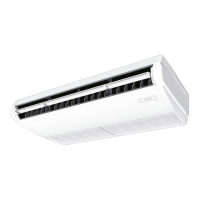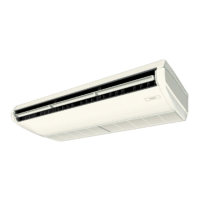What to do if my Daikin Air Conditioner doesn't cool or heat sufficiently?
- JJennifer HuntAug 2, 2025
If your Daikin Air Conditioner isn't cooling or heating enough, several factors could be the cause. First, check if anything is blocking the air inlet or outlet of either the indoor or outdoor unit. Make sure the air filter isn't clogged. Also, verify that the set temperature is appropriate for your needs and that the FAN SPEED isn't set to LOW. Ensure the airflow direction is correct and that doors or windows are closed. Finally, check if direct sunlight is entering the room, which can affect cooling performance.





